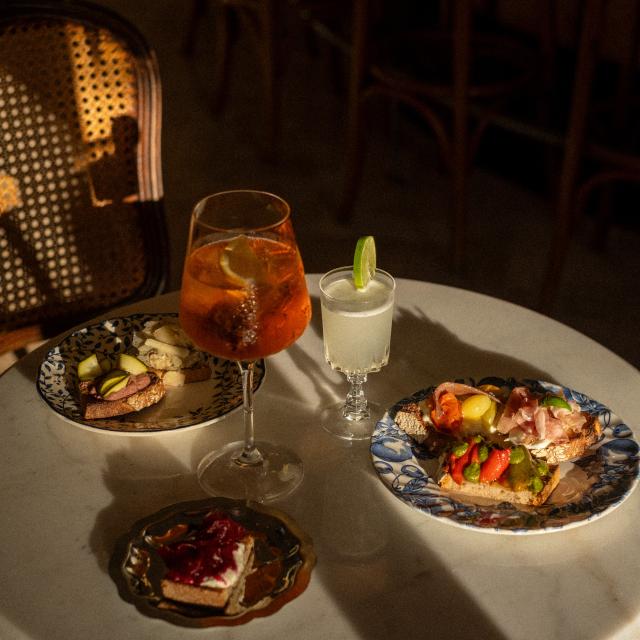1. Bouillabaisse, the iconic fish soup
Once a traditional fishermen’s dish, bouillabaisse is one of the timeless dishes of Marseille’s cuisine. This fish-based recipe combines the flavours of the open sea with spices (salt, pepper, saffron, fennel, garlic, etc.). Where does this name come from? Quite simply because when the stock boils, the heat must be lowered so that the fish cooks… “when it boils (bouille), we lower it (a baisse)”.
As a general rule, this preparation is served in two separate dishes: on one side, the fish, on the other, the broth on the stove. This arrangement can vary depending on the guest: some prefer to mix the whole recipe in a soup plate, others prefer to separate the dishes. Whatever the case, the most important thing is to cut up the fish in front of the guests. In addition, there are rouille or aioli sauces to accompany the seafood and croutons rubbed with garlic for dipping in the broth.












